Can You Use A Lavalier Mic For Singing ?
Yes, a lavalier mic can be used for singing. Lavalier microphones, also known as lapel microphones, are small, clip-on microphones that can be attached to clothing near the mouth. They are commonly used in broadcasting, presentations, and interviews, but can also be used for singing. Lavalier mics provide hands-free operation and can capture vocals with good clarity and minimal interference. However, it's important to note that the sound quality and performance of a lavalier mic for singing may not be as optimal as that of a dedicated vocal microphone, especially in terms of capturing the full range and nuances of a singer's voice.
1、 Lavalier Microphones: Overview and Types
Yes, you can use a lavalier mic for singing. Lavalier microphones, also known as lapel microphones, are small, discreet microphones that can be clipped onto clothing or attached to a person's body. They are commonly used in broadcasting, presentations, and live performances, including singing.
Lavalier microphones are particularly useful for singers who require freedom of movement on stage. They allow the singer to move around without being restricted by a handheld microphone or microphone stand. This can enhance the overall performance and stage presence.
When using a lavalier mic for singing, it is important to consider a few factors. Firstly, the placement of the microphone is crucial. It should be positioned close to the mouth, ideally around the chest area, to capture the vocals accurately. Proper placement ensures that the microphone picks up the singer's voice clearly and minimizes any unwanted background noise.
Secondly, the quality of the lavalier microphone is essential. It is recommended to invest in a high-quality lavalier mic that is specifically designed for vocal performances. This will ensure that the microphone captures the nuances and dynamics of the singer's voice accurately.
Lastly, it is important to consider the sound system and audio setup when using a lavalier mic for singing. Working with a professional sound engineer can help optimize the sound quality and ensure that the microphone is properly integrated into the overall audio setup.
In conclusion, lavalier microphones can be effectively used for singing, providing freedom of movement and allowing singers to deliver their performances with ease. However, proper placement, quality of the microphone, and a well-designed audio setup are crucial for achieving optimal sound quality.
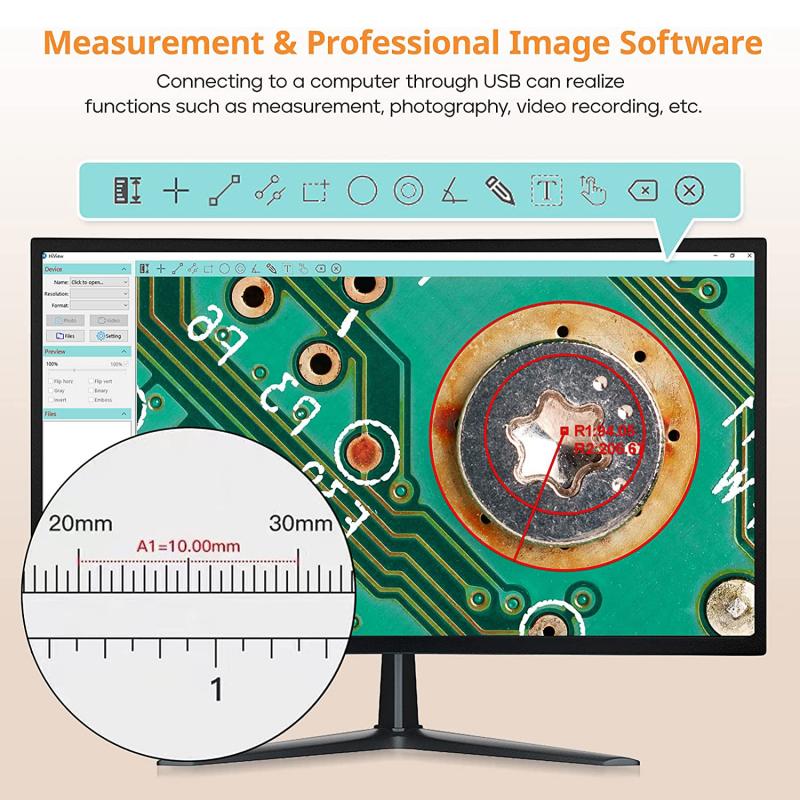
2、 Pros and Cons of Using Lavalier Mics for Singing
Pros and Cons of Using Lavalier Mics for Singing
Yes, you can use a lavalier mic for singing. Lavalier mics, also known as lapel mics, are small, clip-on microphones that can be attached to clothing or other surfaces. They are commonly used in broadcasting, presentations, and public speaking, but they can also be used for singing.
One of the main advantages of using a lavalier mic for singing is its convenience. Lavalier mics are small and lightweight, making them easy to wear and move around with. They also provide hands-free operation, allowing singers to focus on their performance without having to hold a microphone.
Another benefit of using a lavalier mic is its discreetness. The small size and inconspicuous design of lavalier mics make them less obtrusive on stage or during performances. This can be particularly useful in situations where a traditional handheld microphone might be visually distracting or interfere with the singer's movements.
However, there are some drawbacks to using lavalier mics for singing. One of the main concerns is sound quality. Lavalier mics are typically omnidirectional, meaning they pick up sound from all directions. This can result in a less focused and potentially muddier sound compared to a directional microphone, which is designed to capture sound from a specific direction.
Additionally, lavalier mics are often not as sensitive as larger, studio-quality microphones. This means they may not capture the full range and nuances of a singer's voice, especially in a live performance setting. However, advancements in technology have led to the development of higher-quality lavalier mics that offer improved sound reproduction.
In conclusion, while lavalier mics can be used for singing, there are pros and cons to consider. They offer convenience and discreetness, but may not provide the same level of sound quality as larger, more specialized microphones. Ultimately, the choice of microphone will depend on the specific needs and preferences of the singer and the context of the performance.
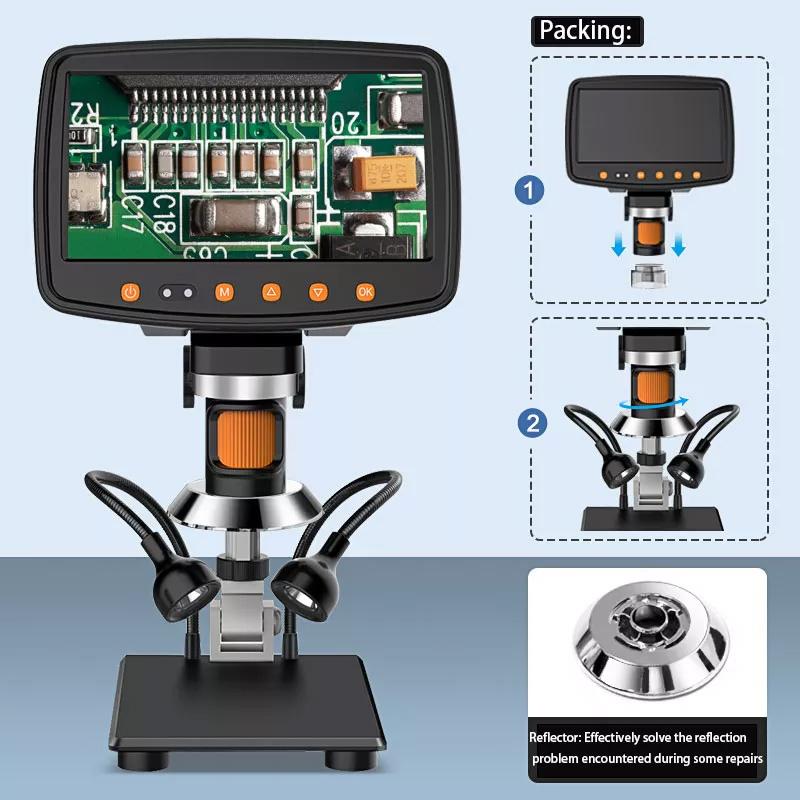
3、 Tips for Using Lavalier Mics for Singing Performances
Yes, you can use a lavalier mic for singing. Lavalier mics, also known as lapel mics, are commonly used in broadcasting, presentations, and public speaking events. However, they can also be used for singing performances, especially in situations where a handheld microphone may not be practical or preferred.
Using a lavalier mic for singing offers several advantages. Firstly, it allows for hands-free performance, giving singers the freedom to move around the stage and engage with the audience without being restricted by a microphone stand. This can enhance the overall stage presence and performance.
Additionally, lavalier mics are discreet and can be easily hidden on the performer's clothing, minimizing visual distractions and allowing the focus to remain on the singer. This can be particularly beneficial in theatrical productions or when performing choreographed routines.
When using a lavalier mic for singing, there are a few tips to keep in mind. Firstly, proper placement is crucial. The mic should be positioned close to the mouth, ideally around 6-8 inches away, to ensure clear and consistent sound quality. Experiment with different placements to find the optimal position for your voice and performance style.
It's also important to consider the sound system and monitor setup. Work closely with the sound engineer to ensure that the lavalier mic is properly connected and balanced with the rest of the audio equipment. Adequate monitoring is essential to ensure that you can hear yourself clearly on stage.
Lastly, be mindful of any potential issues with feedback. Lavalier mics are more prone to feedback compared to handheld microphones, especially if the performer moves too close to speakers or monitors. Proper sound check and rehearsal can help identify and address any feedback issues before the actual performance.
In conclusion, lavalier mics can be a valuable tool for singers, offering convenience, freedom of movement, and a discreet appearance. With proper placement, sound system setup, and monitoring, lavalier mics can provide excellent sound quality for singing performances.

4、 Best Lavalier Microphones for Singing: Top Recommendations
Yes, you can use a lavalier mic for singing. Lavalier microphones, also known as lapel microphones, are commonly used in broadcasting, presentations, and public speaking events. However, they can also be a great option for singers, especially in certain situations.
Lavalier microphones are small, discreet, and can be easily clipped onto clothing, making them ideal for singers who want to have a hands-free experience while performing. They are particularly useful for singers who engage in energetic performances or dance routines, as they allow for freedom of movement without compromising sound quality.
When choosing a lavalier microphone for singing, it is important to consider a few factors. Firstly, look for a microphone that has a wide frequency response range to capture the full range of your voice. Additionally, consider the microphone's sensitivity and noise-canceling capabilities to ensure clear and crisp sound reproduction.
Some top recommendations for lavalier microphones for singing include the Shure WL185, Sennheiser ME 2-II, and Audio-Technica ATR3350iS. These microphones are known for their excellent sound quality, durability, and versatility.
It is worth noting that while lavalier microphones can be a great option for singers, they may not be suitable for all performance settings. In larger venues or concerts, a handheld microphone or a headset microphone may be more appropriate to ensure optimal sound projection and control.
In conclusion, lavalier microphones can be used for singing and offer a convenient and hands-free option for performers. However, it is important to choose a high-quality microphone that suits your specific needs and performance requirements.











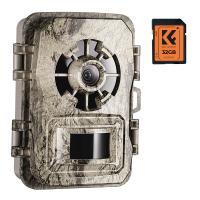



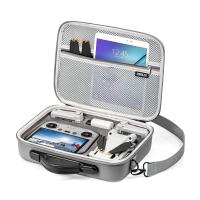



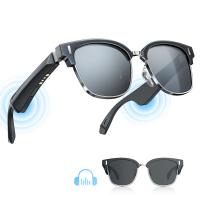


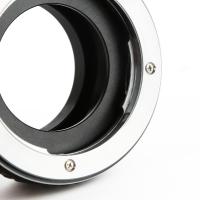
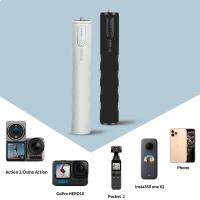






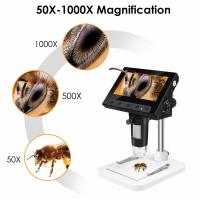
There are no comments for this blog.